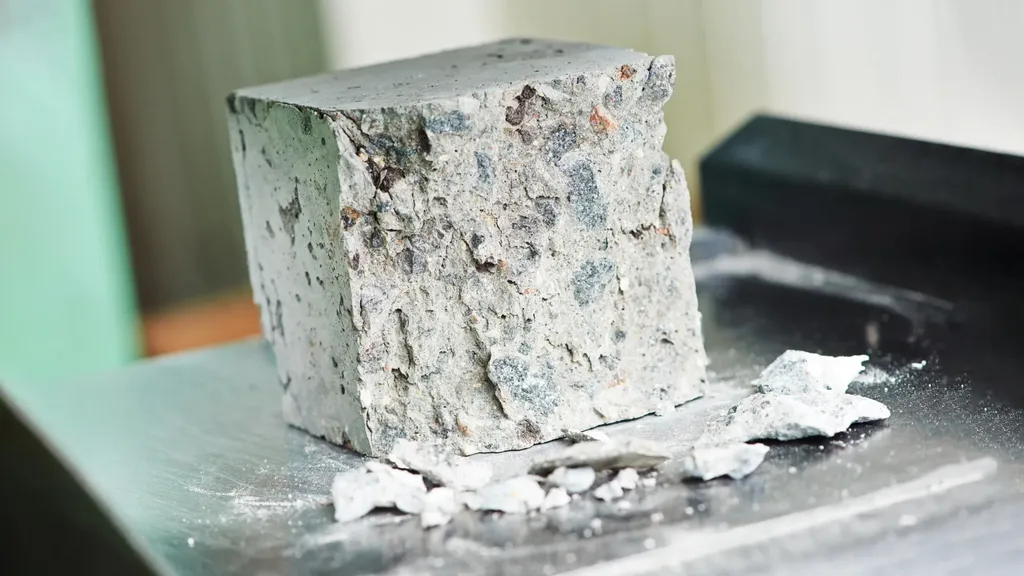In the quest for sustainable and durable hydraulic concrete structures, researchers have made a significant stride by developing predictive models that assess abrasion resistance, a critical factor for structures subjected to sediment-laden flows. A recent study led by Afaq Ahmed from the Research Institute for Geo and Hydro Threats at the University of Ljubljana, Slovenia, published in *Case Studies in Construction Materials* (which translates to *Primeri iz gradbenih materialov*), has introduced a data-driven approach to evaluate the abrasion resistance of hydraulic concrete, potentially revolutionizing the energy sector’s approach to infrastructure resilience.
The study focuses on the use of Supplementary Cementitious Materials (SCMs) like fly ash and silica fume, which are increasingly popular due to their eco-friendly nature and ability to partially replace cement, thereby reducing CO₂ emissions. “The trend towards using SCMs is not just about sustainability; it’s about enhancing the durability and strength of our hydraulic structures,” Ahmed explains. However, the impact of these materials on abrasion resistance has remained largely unexplored until now.
By analyzing a dataset of 241 experimental abrasion test results, the research team applied various predictive models to determine the abrasion depth of hydraulic concrete. The Extreme Gradient Boosting (XGB) model emerged as the most accurate, with an impressive R² value of 0.93. “This model provides a robust tool for predicting abrasion resistance, which is crucial for the longevity of hydraulic structures,” Ahmed notes.
The study found that while SCMs had a weak correlation with abrasion depth, their inclusion in concrete mixtures contributed to a slight positive impact on abrasion resistance. More importantly, they significantly reduce the carbon footprint of concrete production. “The almost neutral effect of SCMs on abrasion resistance, combined with their environmental benefits, makes them an attractive option for the energy sector,” Ahmed adds.
The predictive models developed in this research offer a cost-effective and efficient alternative to extensive laboratory testing. They provide a data-driven approach to evaluating abrasion resistance, supporting the creation of resilient, low-carbon hydraulic infrastructure. This is particularly relevant for the energy sector, where the durability of hydraulic structures is paramount.
The commercial implications are substantial. Energy companies can now make more informed decisions about material selection, optimizing both cost and environmental impact. The ability to predict abrasion resistance accurately can lead to longer-lasting structures, reduced maintenance costs, and improved safety.
As the energy sector continues to prioritize sustainability and resilience, this research paves the way for future developments in hydraulic concrete technology. By integrating predictive modeling into the design and construction processes, the industry can achieve a balance between durability, cost-effectiveness, and environmental responsibility. This study not only advances our understanding of abrasion resistance in hydraulic concrete but also sets a new standard for sustainable construction practices in the energy sector.

